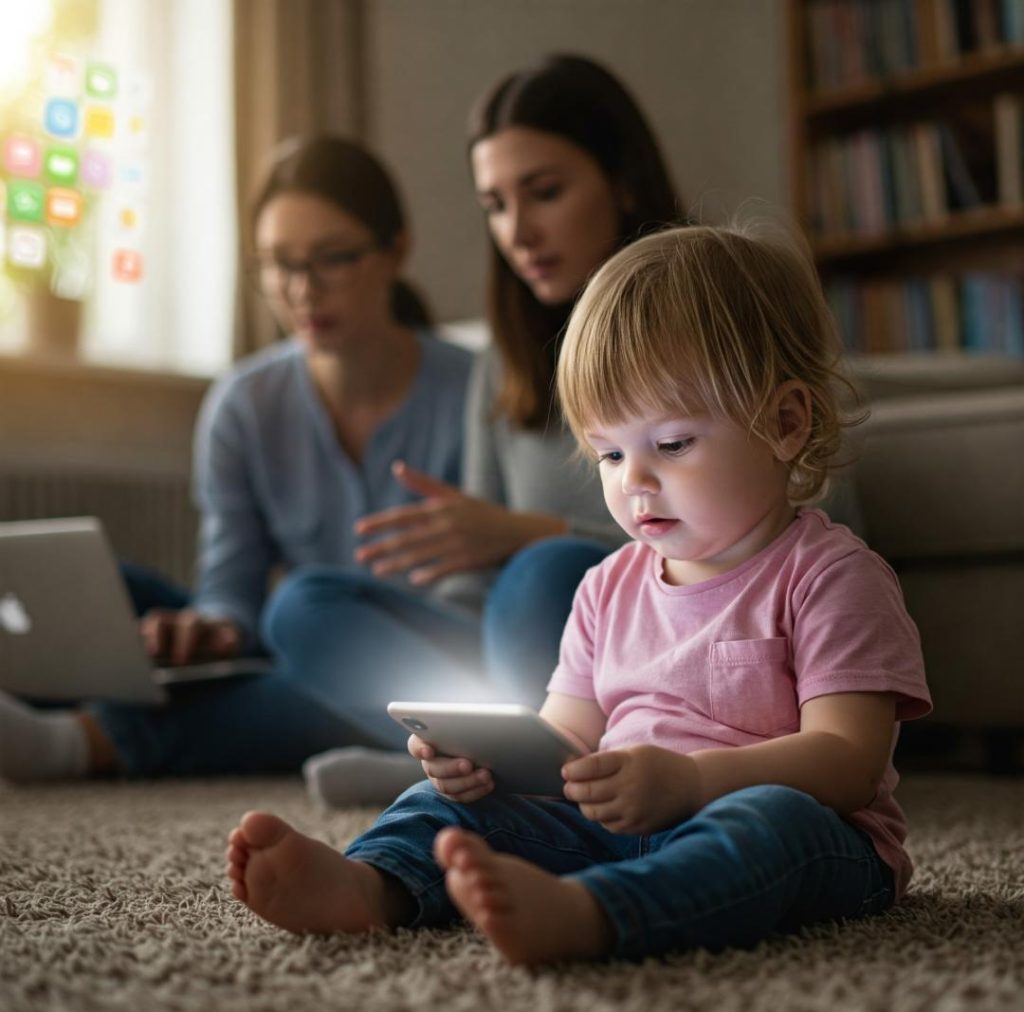
Parenting, Screens & Conditioning: A Digital Age Concern
In today’s tech-driven world, screens have become an integral part of our daily lives. While they offer numerous benefits, they also pose significant challenges, particularly when it comes to parenting. The recent incident in Jammu & Kashmir, where a child was found watching adult content on YouTube despite restricted mode, highlights the poor screen regulation and lack of parental interaction in today’s digital age. As parents, it is essential to understand the impact of screens on our children’s behavior and take proactive steps to curb smartphone addiction.
The concept of classical conditioning, introduced by Ivan Pavlov, can be applied to this issue. According to Pavlov’s theory, behavior can be modified through associations between stimuli and responses. In the context of screens, children are constantly exposed to visual and auditory stimuli that can lead to addiction. Parents can use this concept to their advantage by setting boundaries and creating a positive association with screens.
For instance, parents can establish a “no screens” rule for a certain period during the day, such as during meals or before bedtime. By doing so, they create a connection between screens and negative consequences, making it less likely for children to seek out screens excessively. Additionally, parents can engage their children in alternative activities, such as outdoor games or creative pursuits, to promote a positive association with non-screen activities.
Mindful parenting is another crucial aspect of curbing smartphone addiction in kids. Mindfulness involves being fully present and engaged in the moment, without judgment or distraction. As parents, it is essential to practice mindfulness ourselves, as it can help us respond to our children’s needs more effectively. By being more present and aware, we can better understand our children’s motivations and behaviors, making it easier to set boundaries and guide them towards healthier habits.
Active involvement and emotional bonding are key in shaping children’s behavior in today’s digital age. Parents who are more involved in their children’s lives, both online and offline, are more likely to have a positive influence on their behavior. This means setting aside quality time with your children, engaging in activities they enjoy, and having open and honest conversations about their interests and concerns.
In addition to setting boundaries and practicing mindfulness, parents can also take proactive steps to monitor their children’s screen use. This can include:
- Setting screen time limits: Establishing limits on screen time can help prevent excessive use and promote healthier habits.
- Monitoring screen content: Keeping an eye on the content your child is exposed to can help prevent accidental exposure to inappropriate material.
- Encouraging alternative activities: Promoting alternative activities, such as reading, drawing, or outdoor play, can help reduce screen time and promote a more balanced lifestyle.
- Modeling healthy behavior: Children learn from what they see, so it is essential to model healthy screen use habits yourself. Limit your own screen time and engage in alternative activities to show your children the importance of balance.
In conclusion, the recent incident in Jammu & Kashmir highlights the need for parents to take a proactive approach to screen regulation and conditioning. By understanding the concepts of classical conditioning and mindful parenting, parents can curb smartphone addiction in kids and promote healthier habits. Active involvement and emotional bonding are key in shaping children’s behavior in today’s digital age, and by taking proactive steps to monitor screen use, parents can ensure their children develop healthy relationships with technology.






